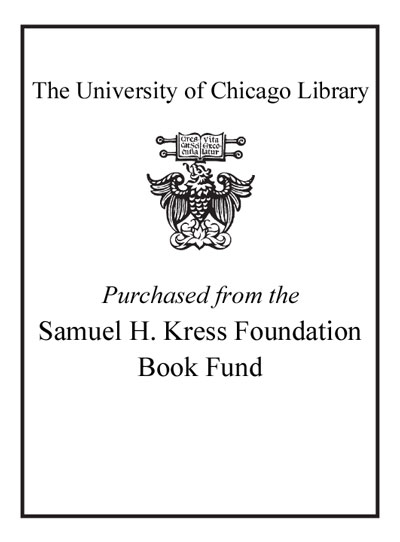| Summary: | This is the latest of American contemporary artist Fred Wilson's views on art and its sheltering institution, the museum. Wilson is best known for site-specific installations in which he rearranges museum collections into unusual displays of seemingly disparate objects. Using what appear to be standard curatorial and display practices, Wilson's exhibits examine unexpected relationships among objects, people, and places. Wilson developed So Much Trouble in the World at the Hood Museum of Art at Dartmouth College using the museum's permanent collection to shed light on the politics of museum collecting, cultural representation, and human nature. The exhibit raises questions about our past and its relationship to the present-whether at Dartmouth, in the wider United States, or beyond our borders. Wilson encourages viewers to scrutinize their own expectations of museums, art, and society in light of the economic and ideological mechanisms and relationships that shape them.The essayists in this book explore Wilson's installation, including the many artists, statesmen, showmen, and nameless others whom the artist encountered while producing So Much Trouble in the World. Daniel Webster, the 1904 St. Louis World's Fair, Martin Luther King Jr., Francisco de Goya, Jacques Callot, Abraham Lincoln, Samson Occom, Harriet Beecher Stowe, Robert L. Ripley, and the horrific and tragic story of Ota Benga all have a place in this extraordinary installation and publication.
|
|---|

